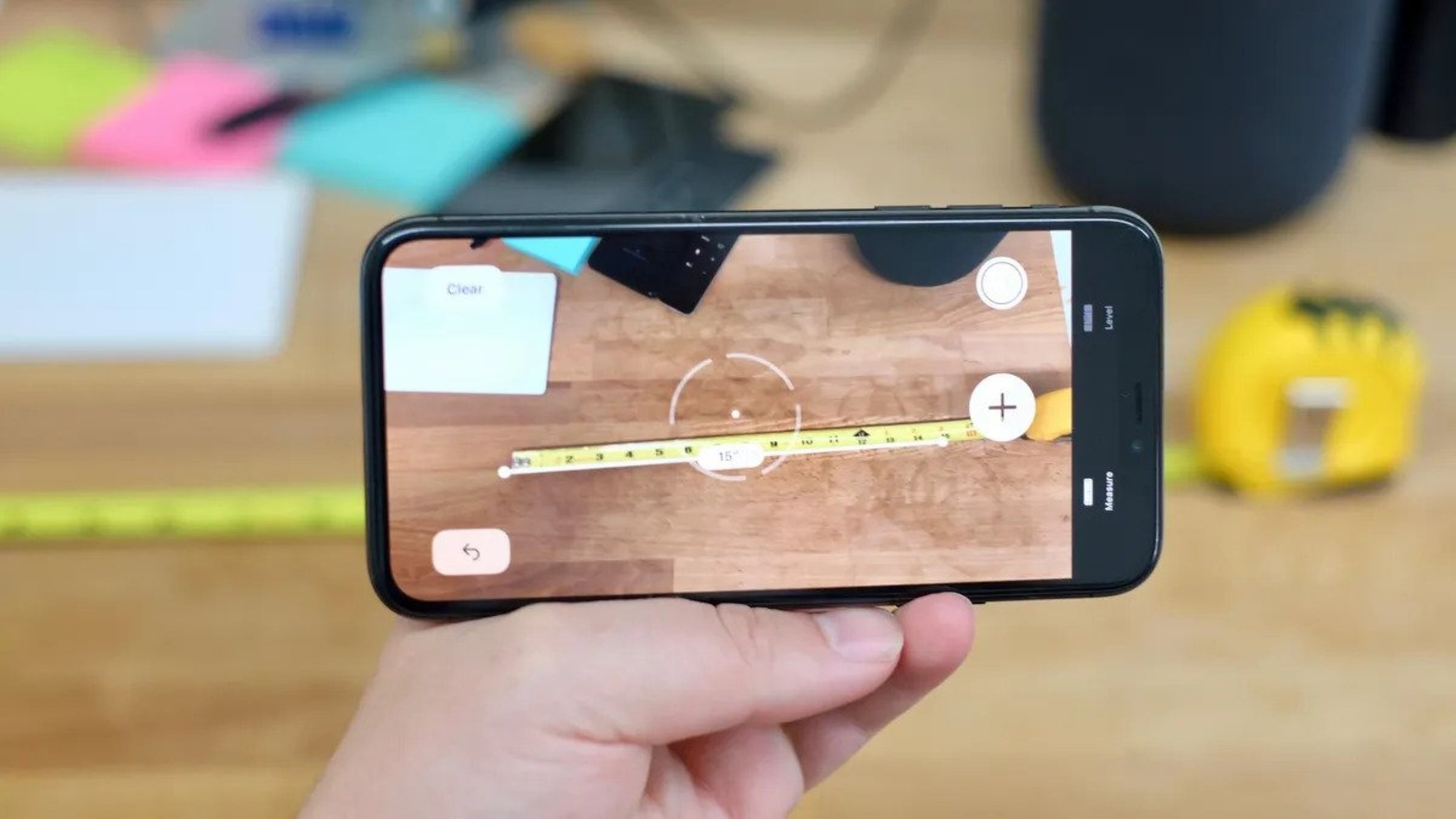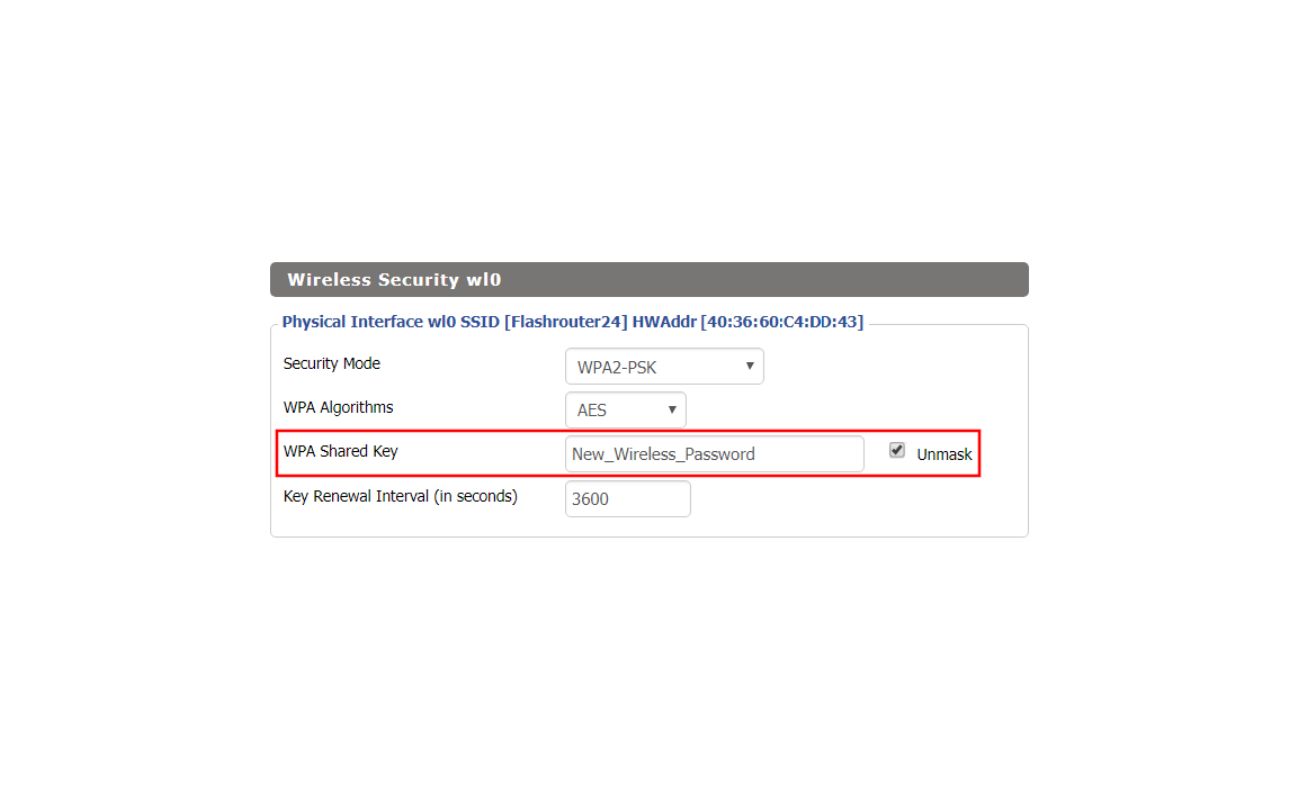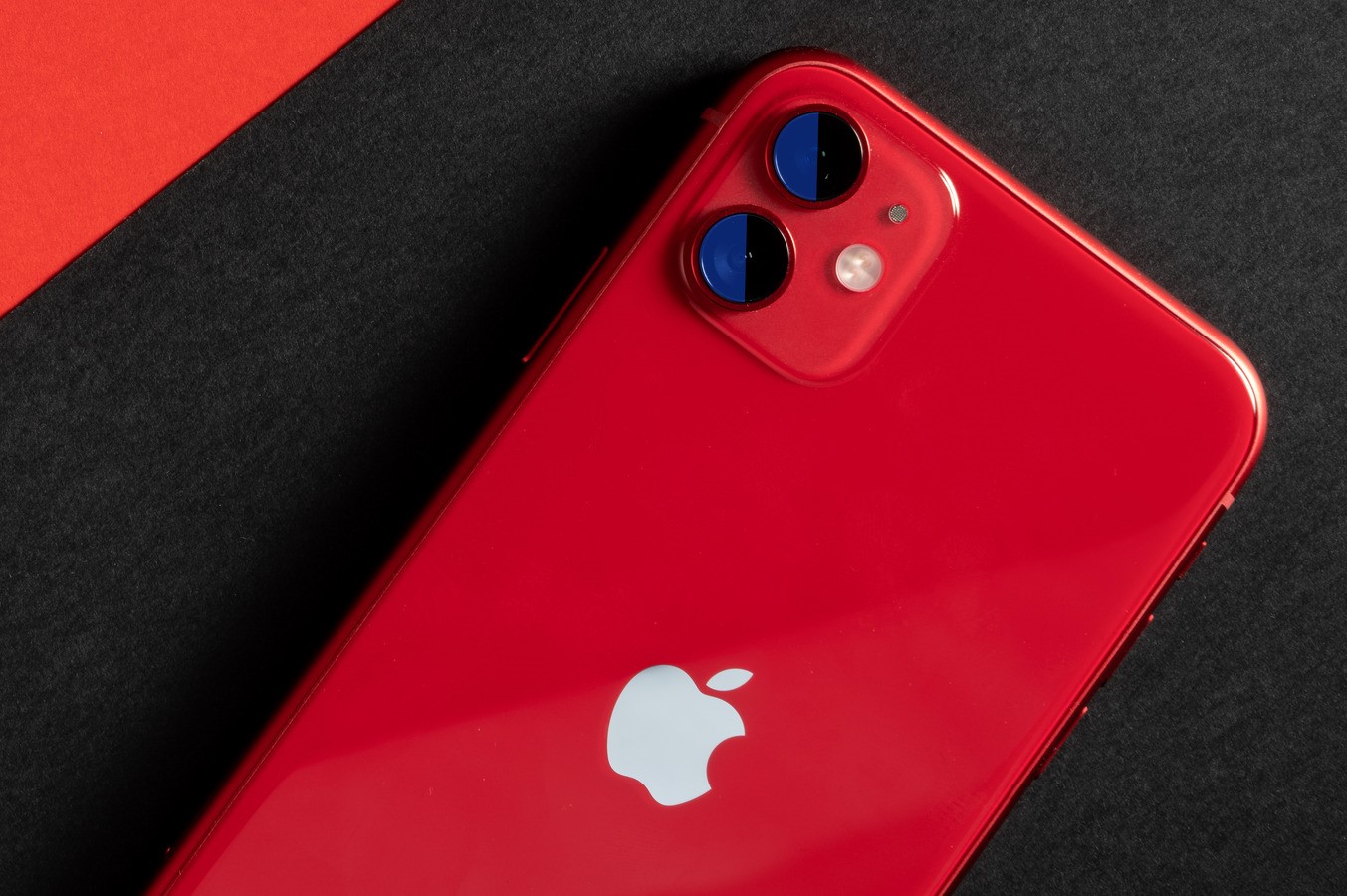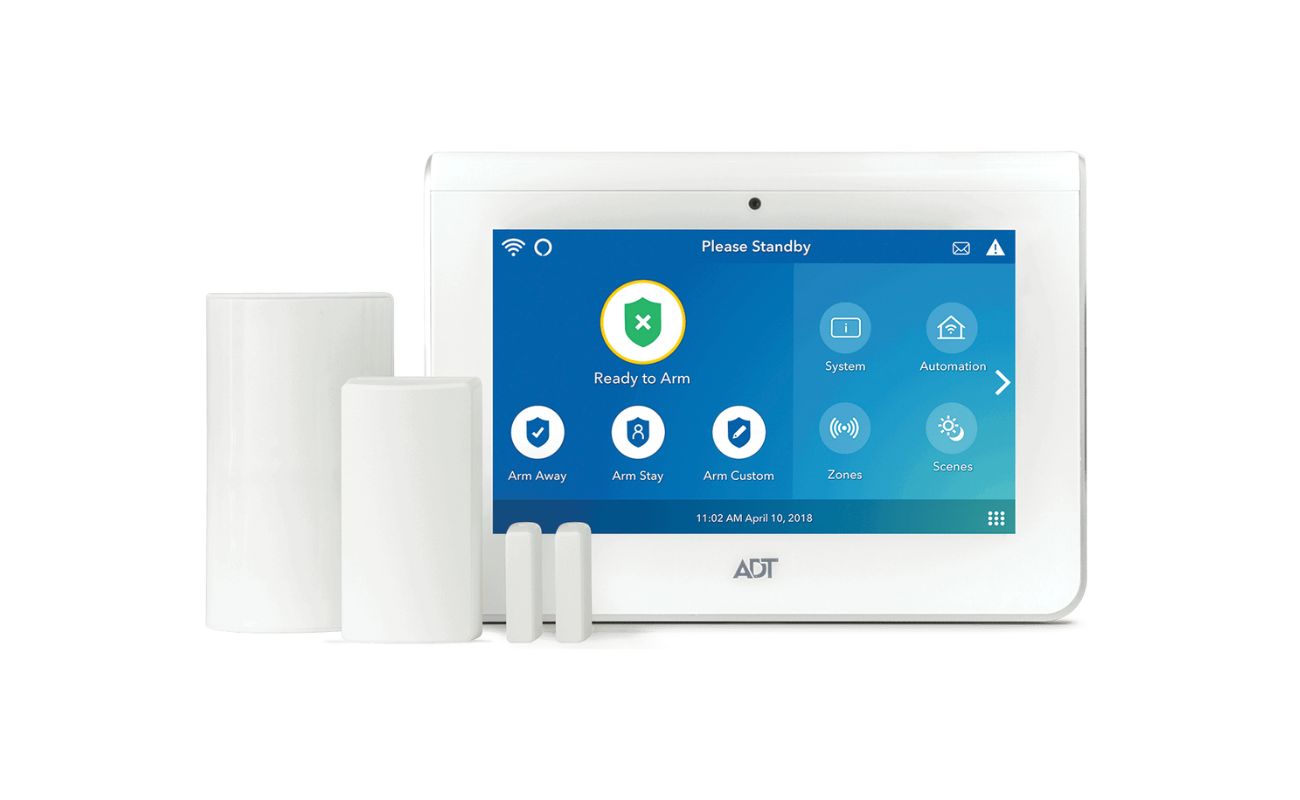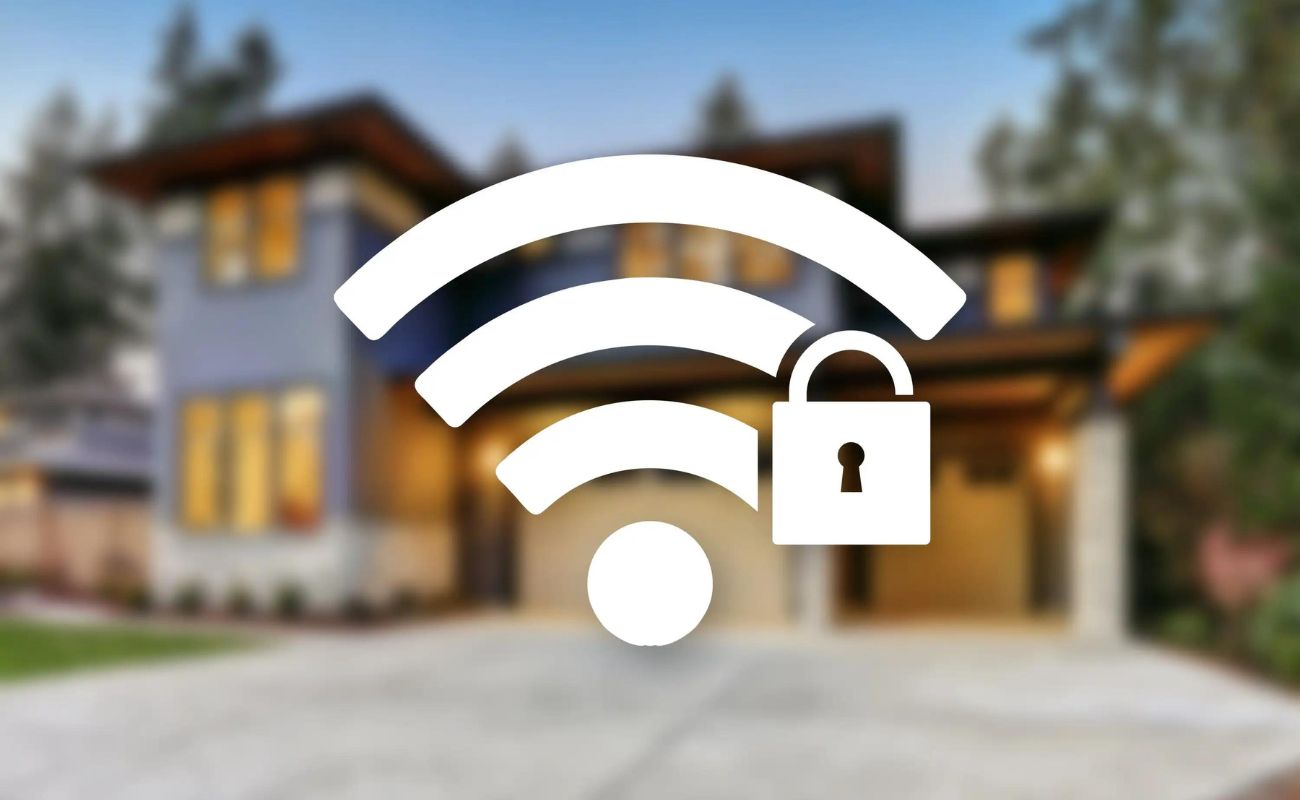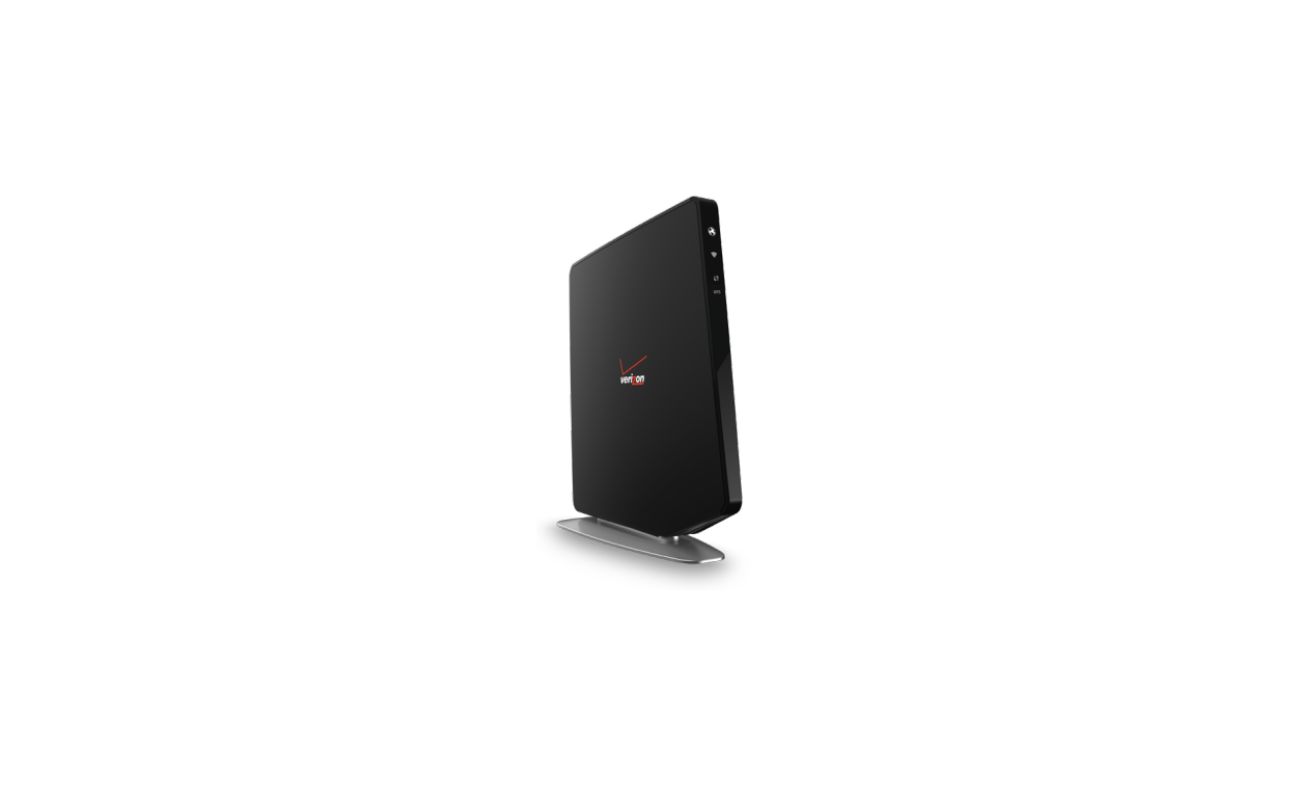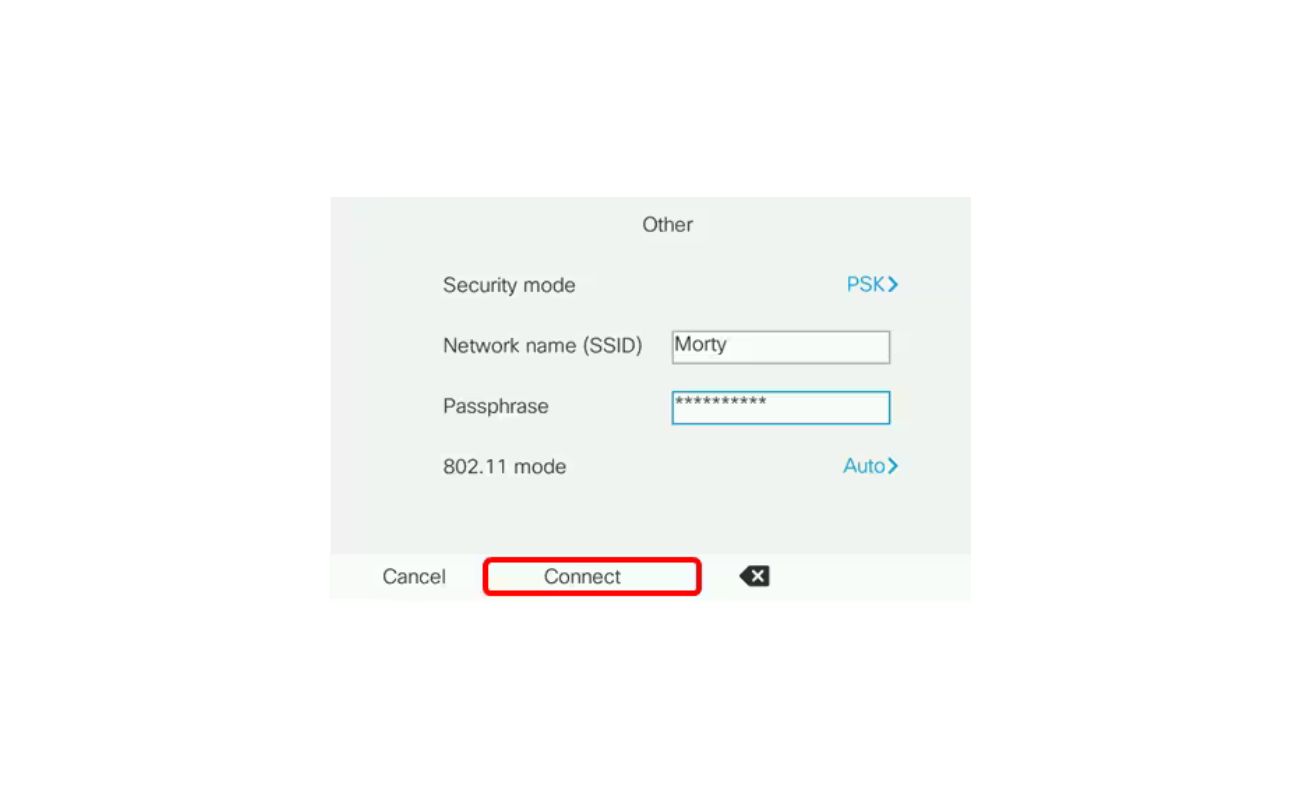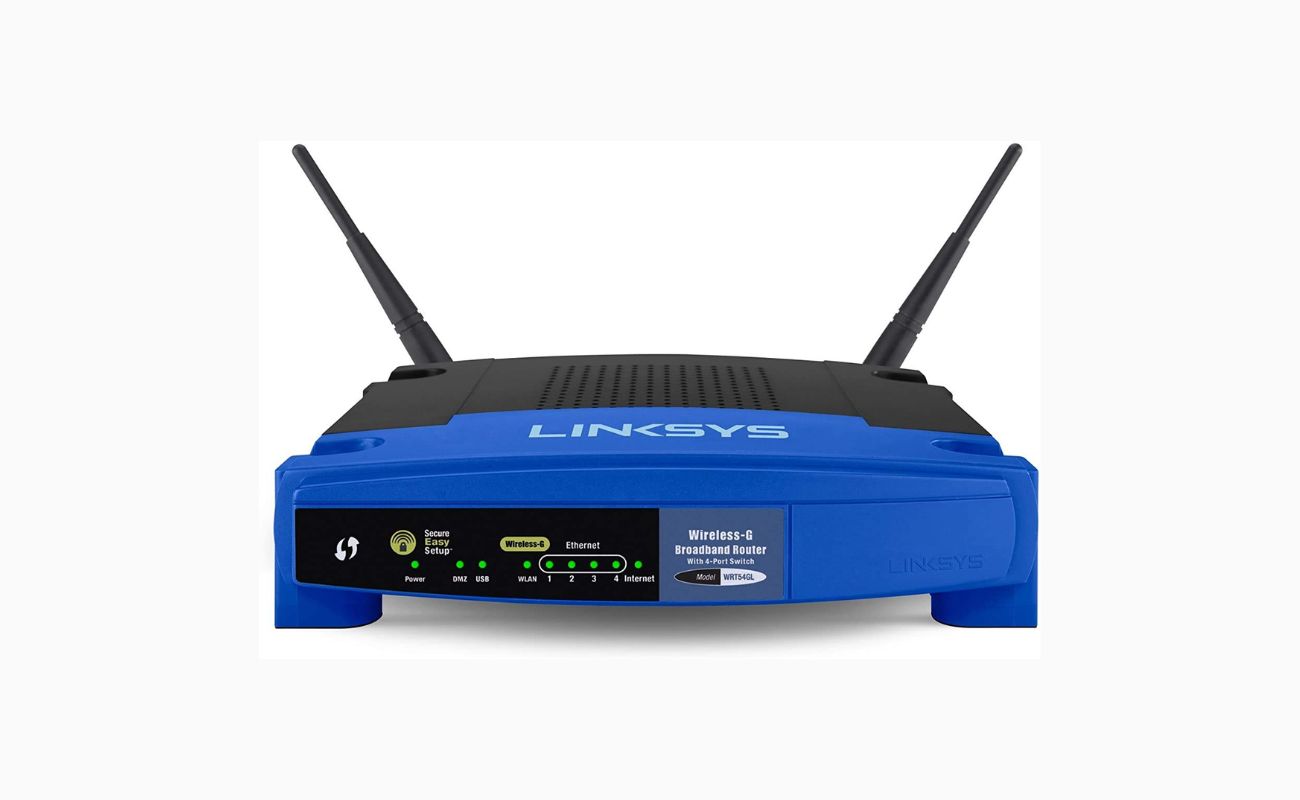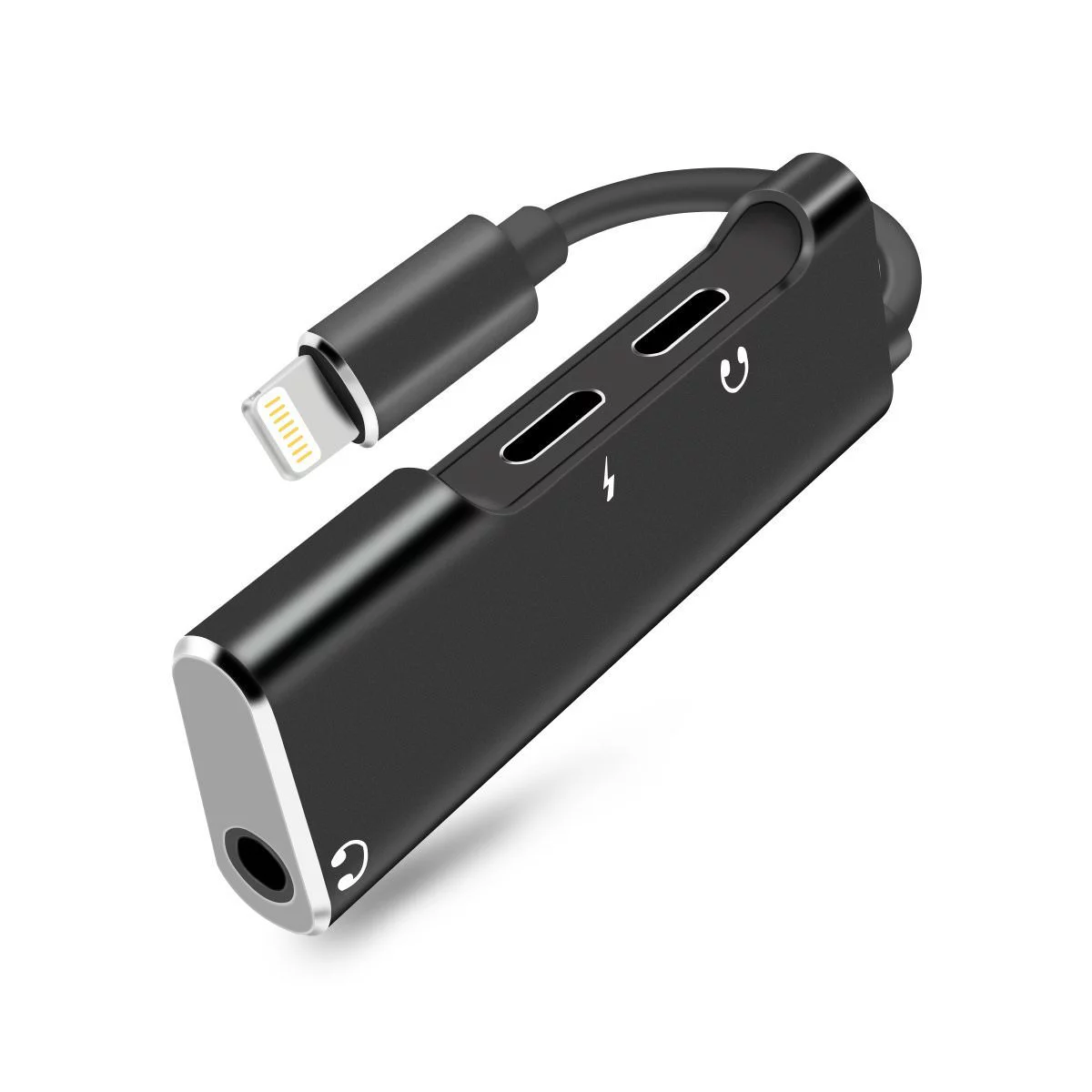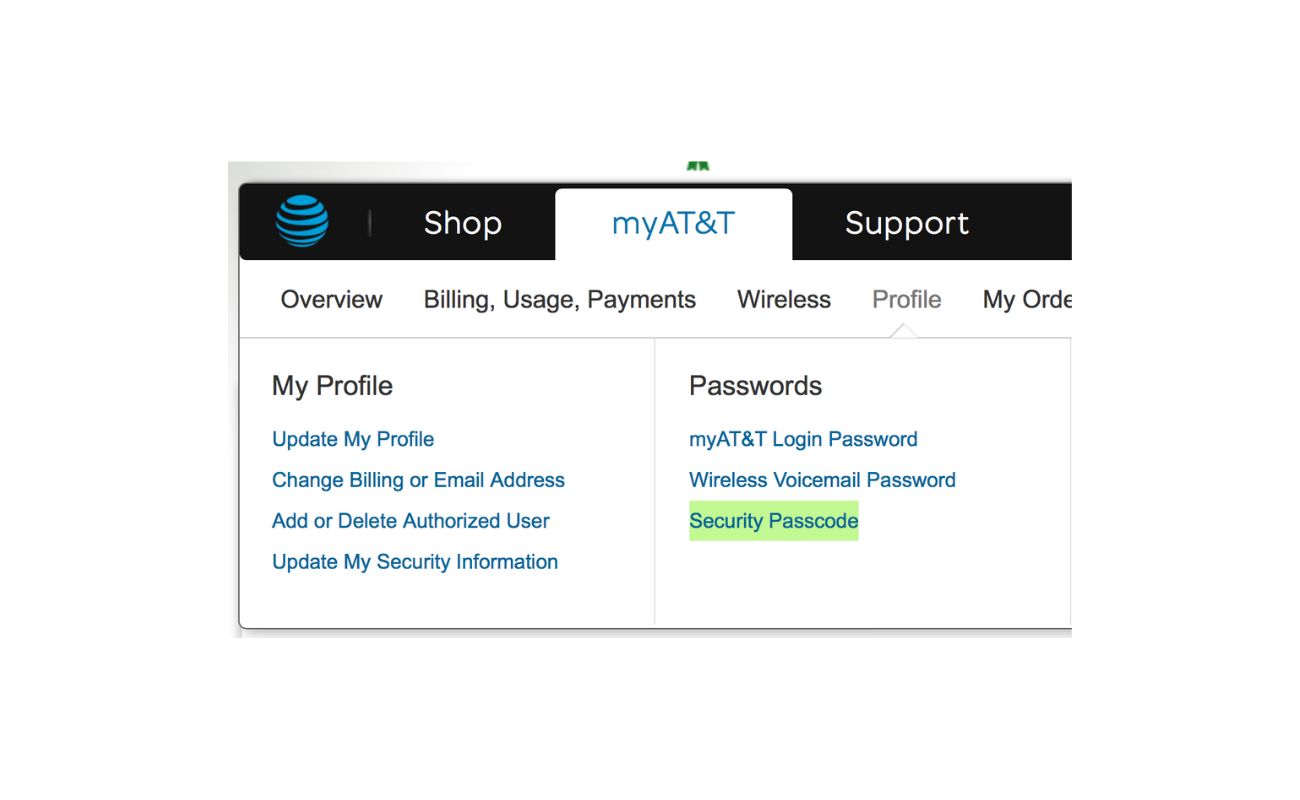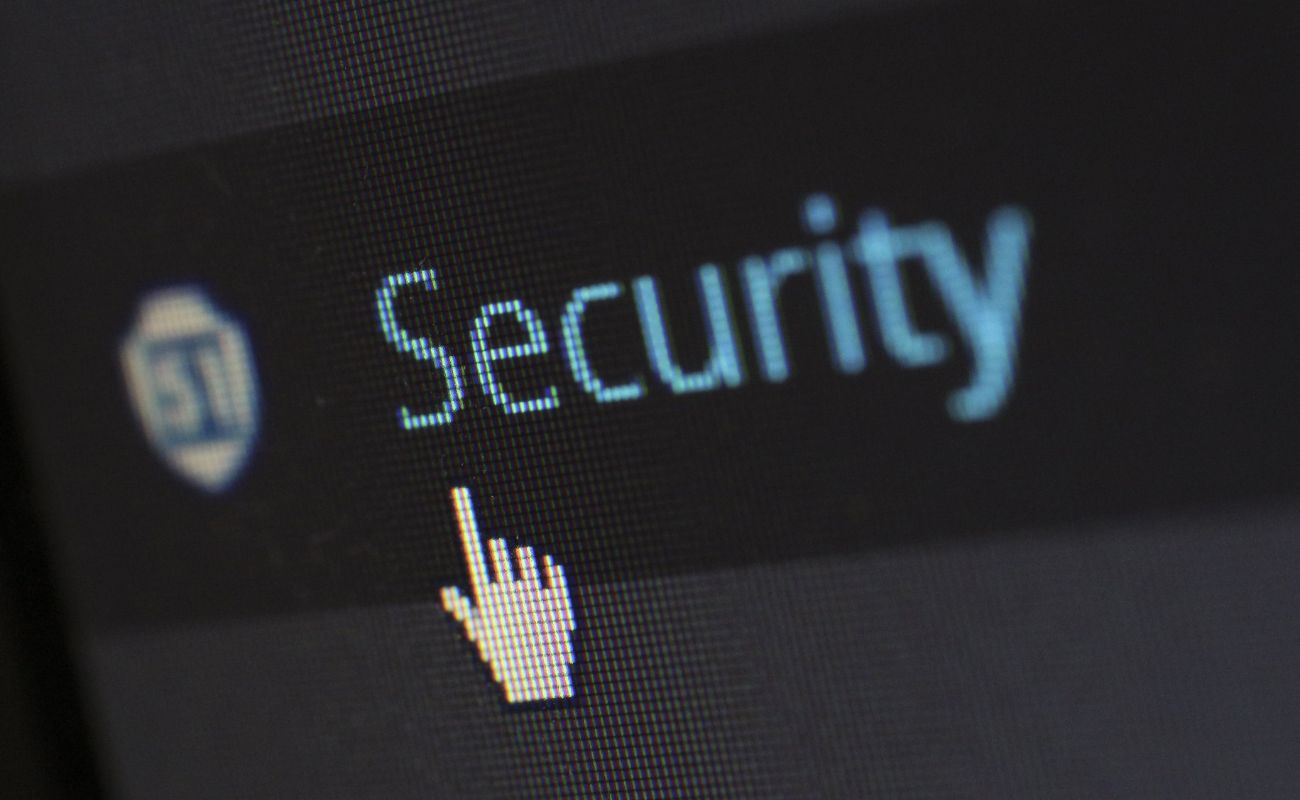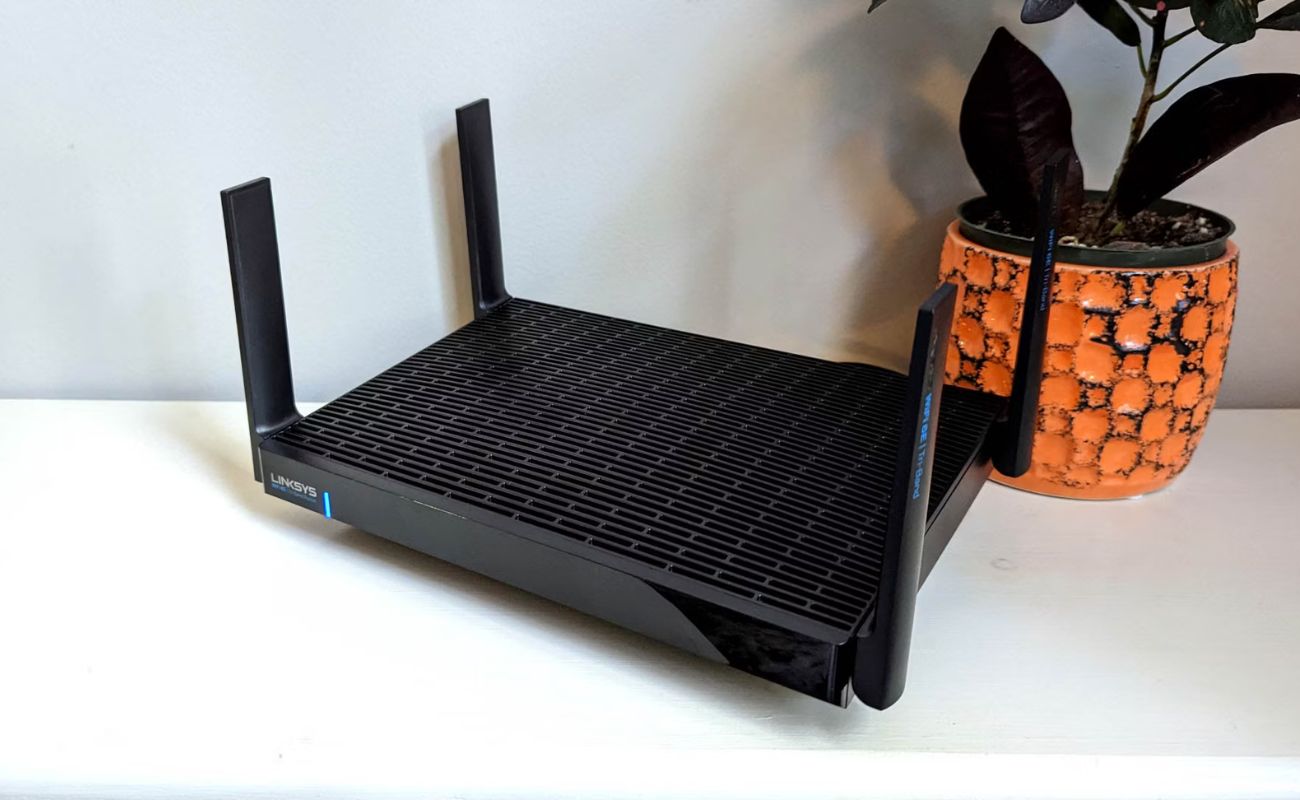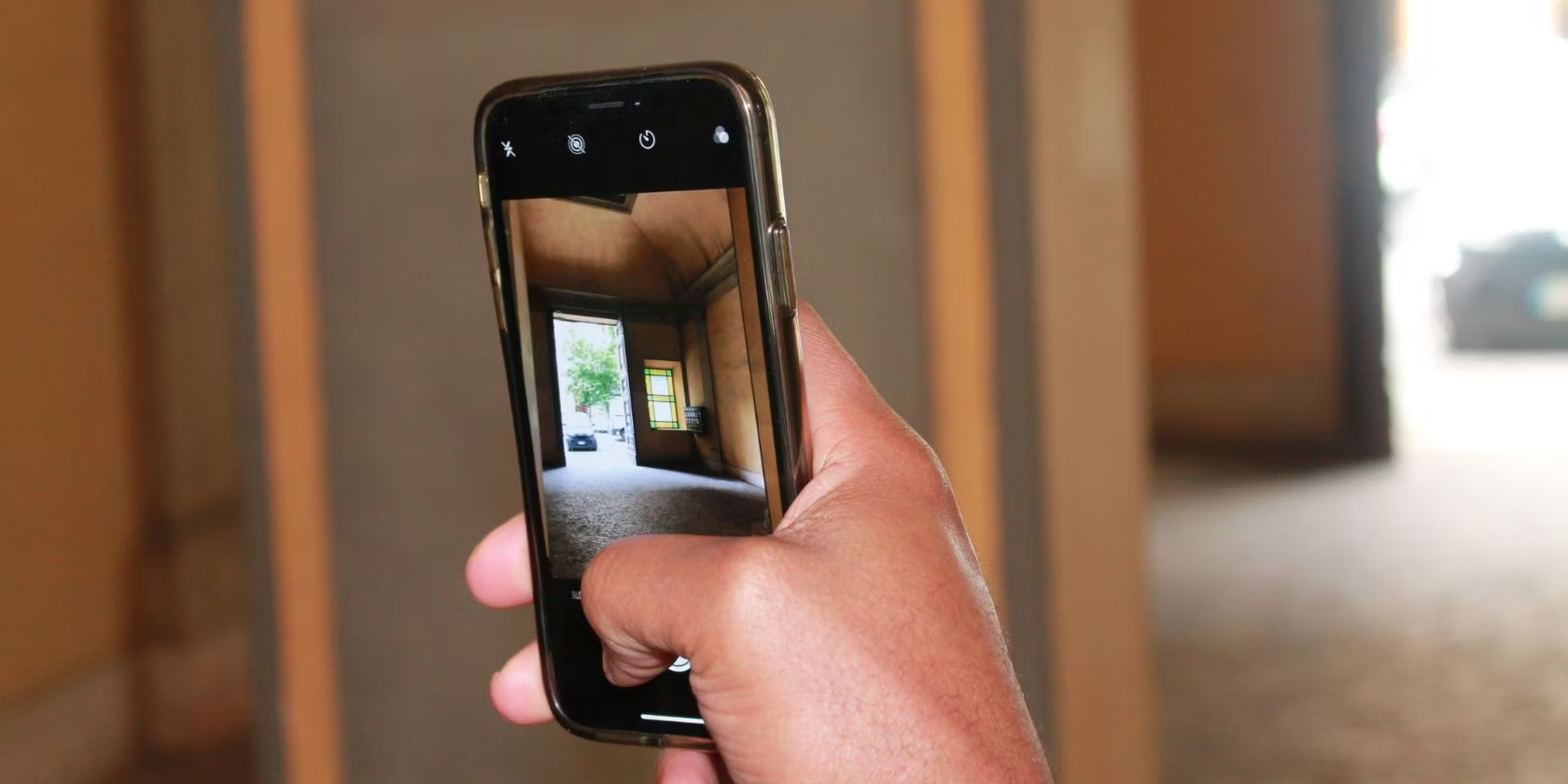Home>Home Security and Surveillance>Where Are Wireless Security Settings On IPhone
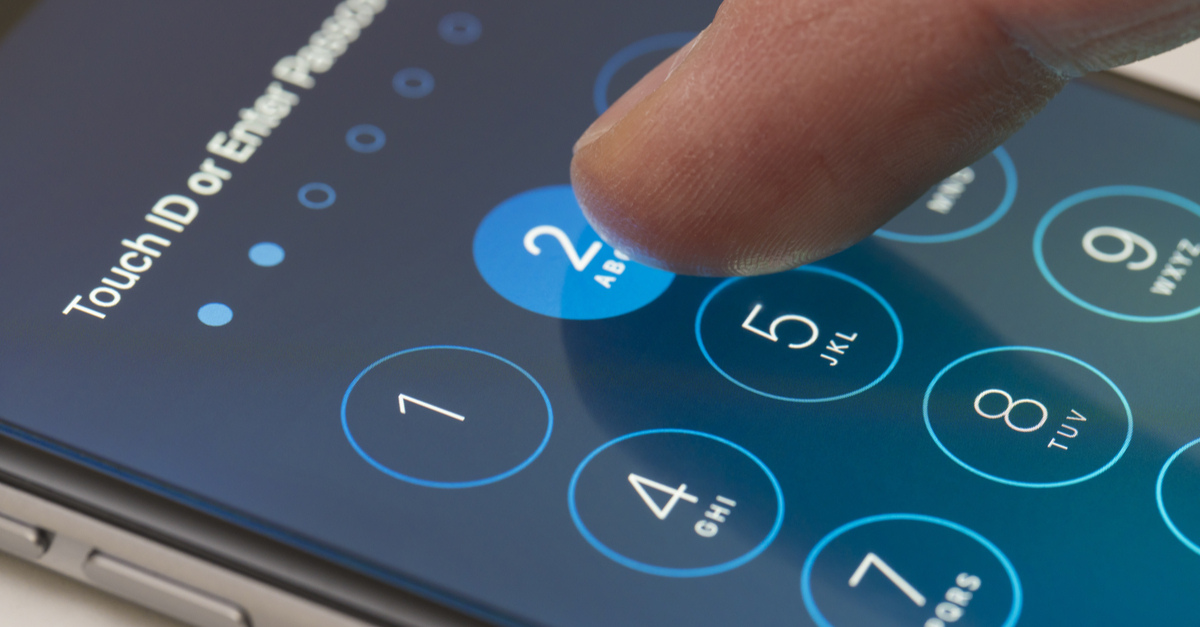

Home Security and Surveillance
Where Are Wireless Security Settings On IPhone
Modified: September 1, 2024
Learn how to find and adjust wireless security settings on your iPhone for improved home security and surveillance.
(Many of the links in this article redirect to a specific reviewed product. Your purchase of these products through affiliate links helps to generate commission for Storables.com, at no extra cost. Learn more)
Introduction
Welcome to the world of wireless security settings on the iPhone! In this article, we will explore the importance of securing your wireless connection and how to access and configure wireless security settings on your iPhone. With the widespread use of wireless networks, it is essential to take steps to protect your personal information and maintain a secure online environment.
In today’s digital age, where we rely heavily on our smartphones for various tasks, such as online banking, social media, and online shopping, it is crucial to ensure the safety of our personal data and sensitive information. Wireless security settings play a vital role in safeguarding our online activities from potential threats.
When it comes to wireless security, iPhones offer a range of settings and options to protect your device and data. Whether you are connecting to a public Wi-Fi network or setting up your home network, understanding how to access and configure wireless security settings on your iPhone will give you peace of mind and help you stay secure in the digital realm.
So, let’s dive into the world of wireless security settings on the iPhone and discover how to keep your device and data safe from unauthorized access and potential cyber threats.
Key Takeaways:
- Protect your iPhone by choosing WPA or WPA2 for wireless security. Create strong passwords and update settings regularly for a worry-free online experience.
- Access and configure wireless security settings on your iPhone easily through the Settings app. Choose the right security option and stay protected from cyber threats.
Read more: What Is Wireless Security?
Accessing Wireless Security Settings
Accessing the wireless security settings on your iPhone is a straightforward process that can be done in just a few simple steps. Here’s how you can do it:
- Unlock your iPhone and go to the Settings app. It is usually represented by a gear icon on your home screen.
- Scroll down and tap on the “Wi-Fi” option. This will open the Wi-Fi settings menu.
- Find the Wi-Fi network you are currently connected to or the network you want to configure the security settings for. Tap on the “Info” button (represented by the lowercase “i” inside a circle) located next to the network name.
- A new page will open, displaying detailed information about the Wi-Fi network. Scroll down to the bottom of the page.
- Look for the “Security” section. This section will show you the current security protocol being used for the selected network.
- Tapping on the Security section will display additional options and settings related to wireless security.
Once you have accessed the wireless security settings, you can proceed to configure the various options available to ensure a secure connection. But before we delve into the different wireless security options, let’s understand what they mean and how they contribute to your overall security.
Wireless Security Options
When it comes to wireless security settings on the iPhone, you have a few different options to choose from. Each option offers a different level of security, so it’s essential to choose the one that best meets your needs. Here are some of the wireless security options available:
- Open: An open network is one that does not have any security measures in place. These networks are easily accessible, but they also pose a significant security risk as anyone within range can connect to them and potentially access your data.
- WEP (Wired Equivalent Privacy): WEP is an older security protocol that provides basic security for your wireless network. However, it is considered relatively weak and vulnerable to security breaches. It is recommended to avoid using WEP as your primary security option.
- WPA (Wi-Fi Protected Access): WPA is an upgraded version of WEP and offers stronger security for your wireless network. WPA uses a pre-shared key (PSK) or password to authenticate users and encrypt data. It is a more secure option than WEP and is widely recommended for home network security.
- WPA2 (Wi-Fi Protected Access 2): WPA2 is the most secure wireless security protocol available for the iPhone. It offers advanced encryption and authentication methods, making it significantly more resistant to hacking attempts. It is highly recommended to use WPA2 for your wireless network security.
These are the primary wireless security options available on the iPhone. While Open networks may be convenient, they lack security measures, leaving your data vulnerable to unauthorized access. Therefore, it is highly recommended to opt for one of the encryption options, such as WPA or WPA2, to ensure a secure wireless connection.
Now that you have an understanding of the different wireless security options, let’s move on to the next step: configuring and setting up your wireless security settings on the iPhone.
To access wireless security settings on an iPhone, go to “Settings,” then “Wi-Fi,” and tap the “i” icon next to the network you are connected to. From there, you can view and adjust the security settings for the network.
Configuring Wireless Security Settings
Now that you know the wireless security options available, it’s time to configure and set up your wireless security settings on your iPhone. Follow these steps to ensure a secure wireless connection:
- Access the wireless security settings menu as explained in the previous section.
- Tap on the Security section to reveal the available security options for the selected network.
- Select the desired security option from the available choices: Open, WEP, WPA, or WPA2.
- If you chose WPA or WPA2, you will be prompted to enter a wireless password or pre-shared key (PSK). Create a strong password that includes a combination of letters, numbers, and special characters. Avoid using easily guessable passwords to enhance security.
- Once you’ve entered the password, tap on the “Join” or “Connect” button to save the settings and connect to the network. Your iPhone will now attempt to establish a secure connection using the selected wireless security protocol.
- After successfully connecting to the network, your iPhone will remember the wireless security settings for future connections. However, it’s essential to periodically review and update your wireless security settings, especially if there have been any security vulnerabilities reported for the chosen security protocol.
By following these steps and properly configuring your wireless security settings, you can ensure a secure and protected wireless connection on your iPhone. Remember to choose a strong security option, such as WPA or WPA2, and regularly update your wireless network’s security protocols to mitigate potential risks.
It’s also worth noting that while setting up wireless security on your iPhone is important, it’s equally essential to practice overall digital security measures. This includes being cautious when connecting to public Wi-Fi networks, keeping your iPhone’s operating system and apps up to date, and using strong passwords for all your accounts.
Now that you have successfully configured your wireless security settings on your iPhone, you can enjoy a worry-free online experience, knowing that your device and data are protected.
Conclusion
Wireless security settings play a crucial role in maintaining the security of your iPhone and protecting your personal data. In this article, we explored the process of accessing, understanding, and configuring wireless security settings on your iPhone.
By accessing the wireless security settings through the Settings app on your iPhone, you can choose from various security options, including Open, WEP, WPA, and WPA2. While Open networks may be convenient, they lack security measures, making it essential to opt for encryption-based options like WPA or WPA2 to ensure a secure wireless connection.
Configuring your wireless security settings involves selecting the appropriate security option and setting up a strong password or pre-shared key (PSK) for your network. By following these steps and regularly updating your security protocols, you can mitigate potential risks and protect your device and data from unauthorized access and cyber threats.
However, wireless security settings on your iPhone are just one piece of the larger puzzle. It is equally important to practice overall digital security measures, such as using strong passwords, keeping your operating system and apps up to date, and being cautious when connecting to public Wi-Fi networks. By taking a comprehensive approach to security, you can enhance your online safety and protect your personal information.
In conclusion, understanding and configuring wireless security settings on your iPhone is essential for maintaining a secure digital environment. By implementing the right security options and setting strong passwords, you can enjoy a worry-free and protected wireless connection on your iPhone. Stay vigilant, stay secure, and enjoy the convenience of wireless technology.
Frequently Asked Questions about Where Are Wireless Security Settings On IPhone
Was this page helpful?
At Storables.com, we guarantee accurate and reliable information. Our content, validated by Expert Board Contributors, is crafted following stringent Editorial Policies. We're committed to providing you with well-researched, expert-backed insights for all your informational needs.
